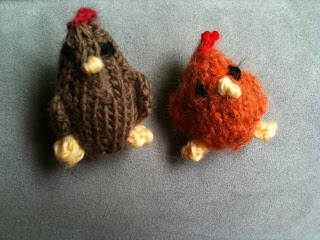 I did two classes at Beating Around the Bush. The first a day class with Alison Snepp to make a hussif, the second a two day class with Betsy Morgan on her Toy Chest Etui. There were another two days of classes that I didn't enrol in, partly because of the cost, partly because I feel overwhelmed if I have so many projects to finish.
I did two classes at Beating Around the Bush. The first a day class with Alison Snepp to make a hussif, the second a two day class with Betsy Morgan on her Toy Chest Etui. There were another two days of classes that I didn't enrol in, partly because of the cost, partly because I feel overwhelmed if I have so many projects to finish.On the extra two days that BATB was continuing, I spent a good few hours at home working on the hussif from Alison's class. I wanted to see it finished before I moved on to other things, including the Toy Chest.
Working on a hussif seemed an appropriate thing to be doing at the same time as I was working on my grandfather's World War I experience. "Hussifs" or "housewives" were issued to WWI soldiers (as they were to soldiers in the American Civil War, the Boer War and most conflicts from the 18th to the early 20th century) - little kits in leather or canvas cases to enable them to mend their uniforms - in other words, do the work of housewives. My grandfather's didn't survive, but I'm sure as a batman to a Captain in the Royal Fusiliers he went through more than one of them.
 Ours of course, is much more beautiful.
Ours of course, is much more beautiful.In class we worked through the basics of the project - layout, counting the threads and each of the stitches involved. By the end of the day we had the framework for the piece and an example of each of the component stitches on our piece. We also went through the construction steps.
Mine looked roughly like this at the end of the day.
I went home really tired. Six hours of sitting in a plastic school chair and focusing on counting threads for much of it left me very stiff and tired. I managed to do a few of my pilates stretches in the breaks, which helped. I am not complaining - I enjoyed every minute,and the school was a good choice of venue. The light in the classrooms was great. My body, however, did protest somewhat!
At home I followed Alison's excellent instructions and diagrams and worked my way from the frame to the detail.
It was when I reached this stage that I realised I had made an error of two threads in counting and did not have the central panel in the centre. I think the thread-counting fairies came along in the night and moved my work, because I had counted and recounted to get it right in class.
I decided that slightly off-centre was going to be a design feature of my version and I would adapt rather than unpick.
 This meant I had to do some adjustment of the trailing vine patterns as one side was four threads wider than the other and needed extra vine and flowers to cover. No big drama, but it meant a bit of fiddling to get the shapes to flow.
This meant I had to do some adjustment of the trailing vine patterns as one side was four threads wider than the other and needed extra vine and flowers to cover. No big drama, but it meant a bit of fiddling to get the shapes to flow.I was, of course, all the time debating in my head whether I should have unpicked when I discovered the error.
I have not included many photos of the progress of this work in deference to Alison's copyright of this project. I doubt anyone could use my photos to copy a work, but I know that Alison and other teacher/designers are concerned about the sharing of their designs. I respect copyright and hope my blog sends people to classes or publications if they are interested. Alison is giving classes this year at The Crewel Gobelin in Sydney and All Threads Embroidery in Brisbane and no doubt other places.
The embroidery took me about 40 hours, I think, and the construction about another four. The final task, making the little button closure, was a project for daylight and a comfortable chair.
There is a lot of satisfaction, however, in creating such an appropriate button and loop.
After a lot of thought, I lined the hussif with the same batiked fabric I used for the hardanger button box. Alison's advice was to use a plain linen-coloured fabric to complement, but not take attention away from the embroidery. In the end I decided the colour match was too good to resist and the flannel needle holder covers sufficient to not allow the lining to dominate.
This is the finished product. I am so pleased with it. It feels good, looks good and now holds a little kit to take travelling. At the moment it has folding scissors in it. My thread-cutter would fit if it didn't have a hanger attached - I'm on the lookout for a plain round one.













































